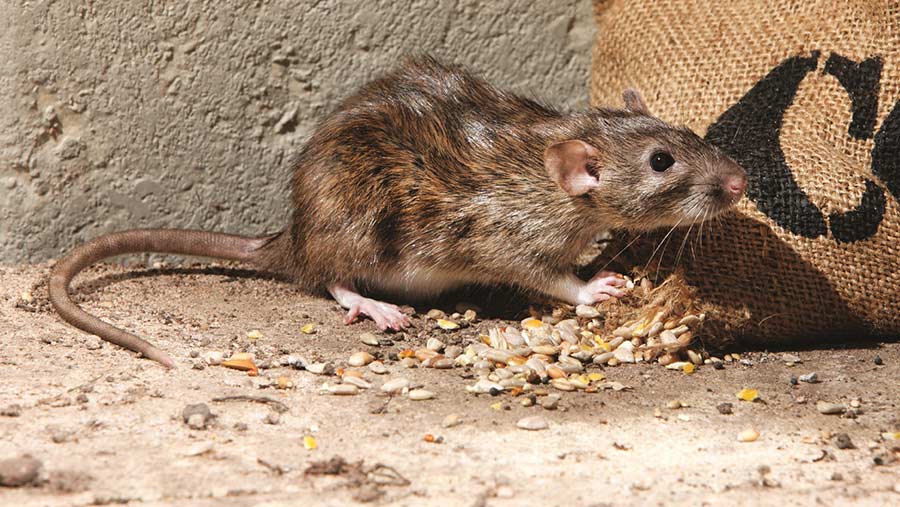Rodenticide misuse accounting for rise of ‘super rats’
 © BASF Pest Control Solutions
© BASF Pest Control Solutions A marked increase in cases of rodenticide misuse may be contributing to resistance in rats, as well as causing harm to non-targeted wildlife.
This comes as the Campaign for Responsible Rodenticide Use (CRUU) revealed that in the past two years of surveillance, more than 90% of barn owls were found to carry rodenticide residues.
See also: How to take an integrated approach to rodent control
CRUU chairman Alan Buckle said: “Undocumented allegations of [rodenticide] misuse or abuse are not difficult to come by.
“These include, for example, rodenticide blocks thrown liberally along hedge bottoms, and old tractor tyres laid flat and filled with poison bait along field edges.
“The problem, we believe, is a disinterested or unscrupulous minority who either don’t care about the harm that can be caused by rodenticides and use them indiscriminately, or deliberately employ them unlawfully to kill, for example, predators like birds of prey, foxes or badgers.”
CRUU has issued a warning to rodenticide users that if this misuse continues, “we might anticipate ever more stringent restrictions on how rodenticides can be used, and by whom”.
‘Super rats’
Along with risks to wildlife, use of rodenticides in certain parts of the UK could be contributing to the rise of so-called “super rats”.
A recent survey by pest control manufacturer BASF revealed that 88% of surveyed farmers were not aware whether or not their farm was in an area of known resistance to rodenticides, with a third admitting they had not considered rodenticide resistance when selecting baits.
This was despite 90% of the surveyed farmers having used rodenticide on their farms within the past 12 months.
Helen Hall, key account manager at BASF, said: “Rodenticide resistance is problematic for many farmers, who may be unknowingly contributing to the pest problems on their farms, with rats going on to spread disease, destroy equipment, contaminate feed, and ultimately cost a lot of money.”
“Super rats” have been identified in certain areas as being resistant to baits containing first- and second-generation anticoagulants, such as difenacoum and bromadiolone, which are key active ingredients.
Ms Hall adds that “rats unaffected by these traditional poisons will continue to reproduce, thus breeding more rats with the mutated gene and creating an even wider issue of resistant rodents throughout the area.”
To prevent rodenticide misuse and discourage resistance, BASF has launched an online training programme for farmers to learn best-practice measures.

